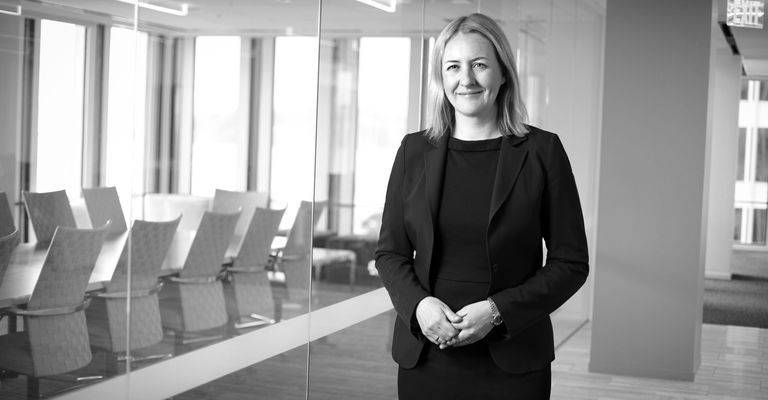Insights
The Fire Safety (England) Regulations 2022
Feb 09, 2023The Fire Safety (England) Regulations 2022 (Regulations) came into force on 23 January 2023.
Government guidance to accompany the Regulations was published in December 2022. The Regulations introduce new, additional duties under the Regulatory Reform (Fire Safety) Order 2005 (Order) for building owners and managers.
What?
The Regulations are introduced under Article 24 of the Order to implement the majority of the Grenfell Tower Inquiry Phase 1 report recommendations.
They apply to England only and introduce change by extending the duties of the “Responsible Person”, an existing dutyholder under the Order (normally the building owner, or in residential properties, any other person in control of the premises) in relation to properties which contain two or more sets of domestic premises and which contain common parts through which residents would need to evacuate in the case of an emergency.
Which buildings?
The Regulations do not apply uniformly to all domestic premises. There are three tiers of buildings to which duties attach in a cumulative way:
- buildings which contain two or more sets of domestic premises and which contain common parts through which residents would need to evacuate in the case of an emergency;
- buildings which contain two or more sets of domestic premises and which are above 11 metres in height; and
- “high-rise residential buildings” - defined as a building containing two or more sets of domestic premises that is at least 18 metres above ground level or has at least seven storeys.
It is worth noting that the Regulations do not apply in relation to domestic premises within the House of Commons or the House of Lords, or to military premises.
Which buildings, which duties?
Set out below is a short summary of the key additional duties the Regulations introduce.
All buildings which fall within the scope of the Regulations
Key additional duties include:
- Information to residents: The Responsible Person must display fire safety instructions in the building. The Regulations provide further detail on content, form, dissemination and updating.
- Fire doors: The Responsible Person must provide the required information about fire doors to the building’s residents. The Regulations prescribe what the information should include and who it should be provided to.
Buildings which contain two or more sets of domestic premises and which are above 11 metres in height (including high-rise buildings)
Key additional duties include those set out below (and also the duties referred to above for all buildings which fall within the scope of the Regulations):
- Fire doors: The Responsible Person must use best endeavours to undertake checks of fire doors at the entrances of individual domestic premises in the building at least every 12 months and keep a record of the steps taken to do this. The Responsible Person must also undertake checks of any fire doors in communal areas of the building at least every 3 months.
High-rise buildings only
Key additional duties include those set out below (and also the duties referred to above for (i) all buildings which fall within the scope of the Regulations and, (ii) buildings which contain two or more sets of domestic premises and which are above 11 metres in height):
- Secure information box: The Responsible Person must install and maintain a secure information box. The Regulations provide detail on the information to be contained in the box, maintenance of the box, security aspects and where it is to be positioned. The Responsible Person must provide the local fire and rescue authority with anything required to enable it to access the secure information box and must provide anything additional required as soon as reasonably practicable if there are any changes to those requirements.
- Design and materials of external walls: The Responsible Person must prepare a record of the design of the external walls of the building, including details of the materials from which they are constructed. The Regulations provide detail on what should be included in the record and how it should be maintained.
- Floor plans and building plan: The Responsible Person must prepare a plan for each floor of the building. The Regulations provide further detail on what should be included and how the information should be maintained and stored.
- Lifts and essential fire-fighting equipment: The Responsible Person must undertake monthly routine checks of lifts for use by firefighters, evacuation lifts and essential fire-fighting equipment within the building, and if they identify a fault must take steps to rectify it. The Regulations provide detail on what to do if rectification within 24 hours is not possible together with details of accessibility of records and record keeping duties.
- Wayfinding signage: The Responsible Person must ensure that the building contains clear markings of floor identification and identification of domestic premises.
- Provision of documents: The Regulations specify which documents should be provided to local fire and rescue authority.
Next steps
Responsible Persons should familiarise themselves with the detail of their new, additional duties under the Regulations by having regard to Regulations and the government guidance referenced above and take steps to ensure they are able to comply.
Related Capabilities
-
Construction Disputes
-
Commercial Construction



